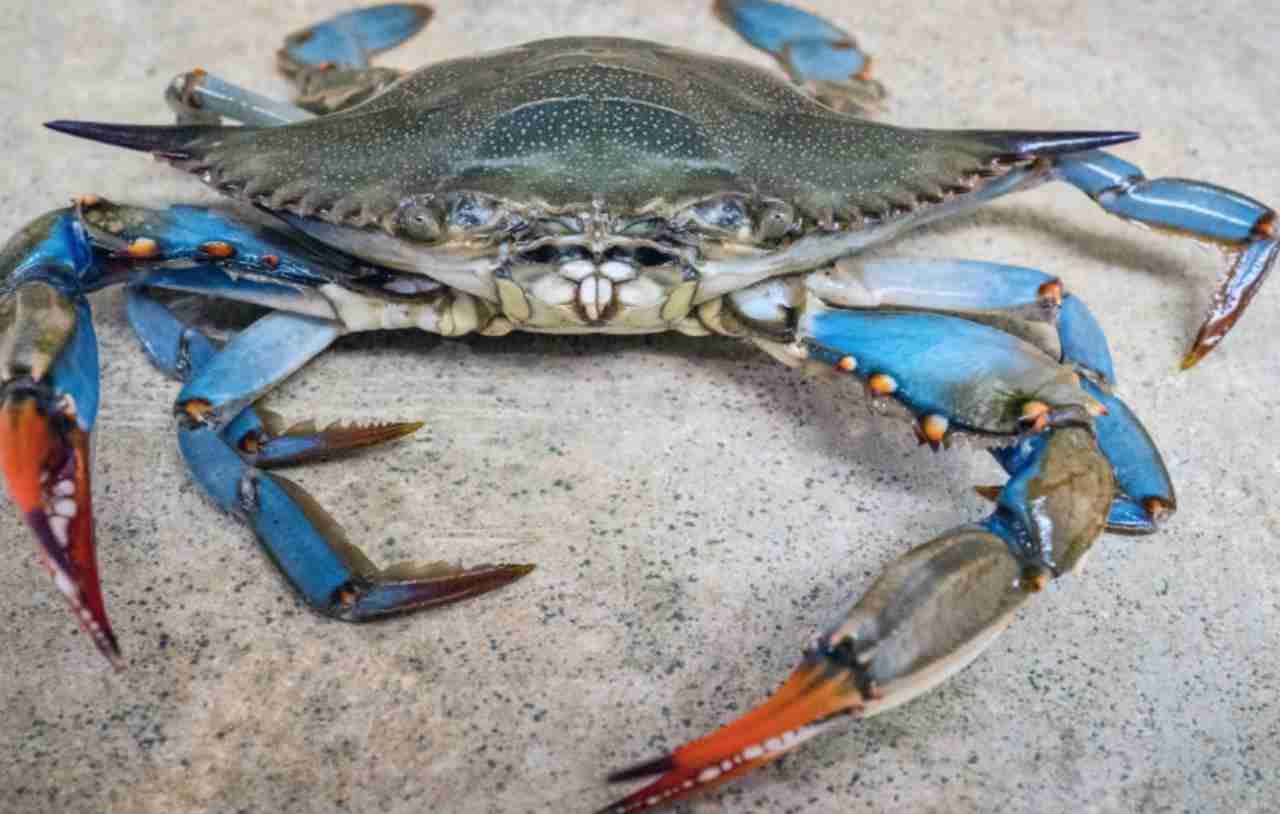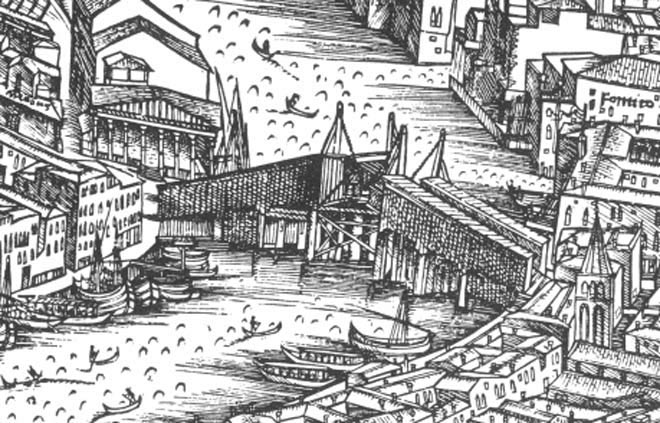The Venice lagoon is not just a natural wonder but a vital ecosystem that has nourished the city and its culinary traditions for centuries. This article explores the importance of two key markets for Venetian gastronomy: the Rialto Market and the Chioggia Market, while also highlighting the fragility and richness of the lagoon itself.
The Rialto Market: Historic Heart of Venice
The Rialto Market is one of Venice’s most iconic places. Located near the famous Rialto Bridge, this market has been a historic focal point for the city. Dating back to the 11th century, Rialto has always been the center of Venetian commerce, a place where merchants and fishermen met to trade goodsand stories. Not surprisingly, the market is affectionately called “el cuor” by Venetians, meaning “the heart” in the local dialect, underscoring its vital importance in city life.
In addition to fresh produce, the Rialto Market was famous for its spice and wine trade. Spices, in particular, were among Venice’s most prized treasures. Originating from the East, spices such as pepper, cinnamon, ginger, and nutmeg reached Rialto via the Silk Road. These exotic aromas not only enriched Venetian cuisine but also symbolized wealth and power.
Wine, another highly significant commodity, was traded both locally and with surrounding regions. Ships laden with barrels of wine would arrive at the market, where it was tasted and sold, helping to make Venice a vital hub of commercial exchange.
The Chioggia Market: Tradition and Freshness
Chioggia, often referred to as the “Little Venice,” hosts one of the most important fish markets in the northern Adriatic. The city, with its narrow streets and picturesque canals, is a place where fishing traditions remain vibrant and lively. The Chioggia Market is renowned for the quality and variety of fish it offers, reflecting the biodiversity of the lagoon and the surrounding Adriatic waters.

The Venice Lagoon: A Fragile and Vital Ecosystem
The Venice lagoon is much more than a beautiful landscape: it is a complex and delicate ecosystem essential for marine life and local fishing. It functions as a natural nursery for many marine species, providing a safe environment where they can be born and grow before venturing into the Adriatic Sea. Among the species that find refuge in the lagoon are cephalopods such as cuttlefish, fish like sea
bream and sea bass, and many other fascinating creatures. The salt marshes and brackish waters offer an ideal habitat for crustaceans like crabs and shrimp, and mollusks like mussels and clams, which are staples of Venetian cuisine.

Threats and Challenges: The Blue Crab
However, the lagoon also faces several threats. One of the most recent is the invasion of the blue crab, an alien and invasive species that is altering the balance of the lagoon ecosystem. Originating from the American coasts, this predatory crab is endangering native species and modifying the habitat in unforeseen ways. It is essential to monitor and manage this invasion to preserve the health and biodiversity of the lagoon.

Conclusion: A Heritage to Protect and Enhance
The Venice lagoon is a biodiversity treasure and a fundamental resource for local culture and economy. Markets like Rialto and Chioggia not only provide fresh and high-quality ingredients but also keep alive the culinary traditions that make Venetian cuisine unique. Protecting this fragile ecosystem is crucial to ensure that future generations can continue to enjoy its richness and beauty. Learn more about the culinary wonders of Venice and how to make the most of the lagoon’s products by joining our cooking classes at www.cucinaserenissima.com. Learn to cook authentic dishes using fresh, local ingredients, and immerse yourself in Venetian culinary tradition.

